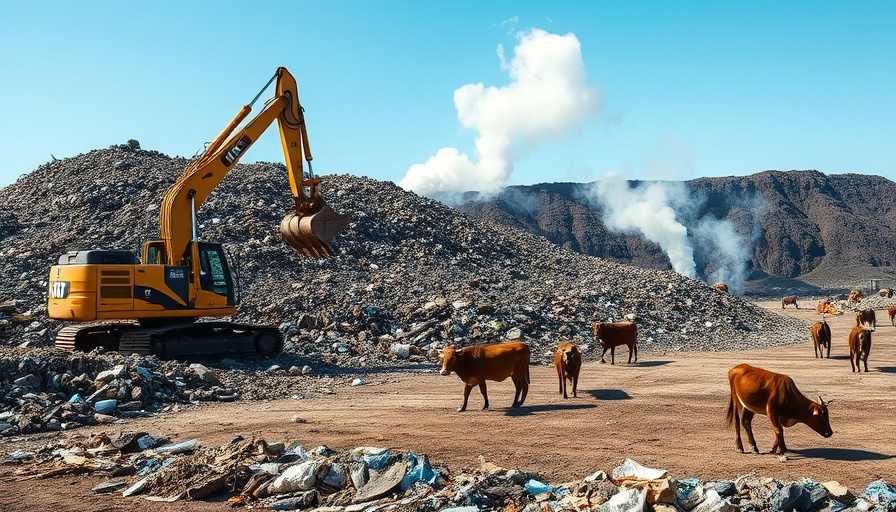
An Historic Ruling: NYC’s Gas Ban Gains Momentum
In a landmark decision, federal courts upheld New York City’s ban on natural gas in new buildings, supporting a significant step toward a greener future. This ruling stands in stark contrast to a similar ban that was struck down in Berkeley, California, which feared legal repercussions echoed through various cities hoping to adopt similar measures. The implications of this ruling extend beyond NYC, offering a glimmer of hope for legislative efforts aimed at reducing reliance on fossil fuels across the nation.
A Pioneering Approach to Emissions
New York City initiated its phase-out of fossil fuels in new buildings in 2021, aiming for effective emission targets without entirely prohibiting gas installations. The legislation stipulates that buildings must not emit more than 25 kilograms of carbon dioxide per million BTUs, focusing on encouraging safer and cleaner energy sources rather than outright bans. This approach, championed by city officials, aims to enhance the quality of urban life by investing in sustainable alternatives.
Emphasizing the Significance of Local Legislation
As other cities across the U.S. reconsider their regulations, the NYC ruling sets a legal precedent that could influence similar municipal legislation. Experts note that the district court’s decision might inspire towns hesitant to move forward with their electrification Journeys. Although challenges remain, local governments can now point to this ruling as a framework for developing emissions reduction initiatives.
Counterpoints and Future Challenges
While the ruling is celebrated by environmental advocates, there's strong resistance from industry groups and unions who argue that such regulations could impair economic growth and job security. These groups plan to appeal the court’s decision, stressing the ongoing economic implications of the gas ban. The balance between sustainable practices and economic viability remains a contentious battlefield in the quest for ecological advancement.
The Path Forward: Building Momentum for Change
As New York City forges ahead with these emissions standards, it paves a path for other regions, including California, to reconsider their own energy policies. The ruling provides not just legal backing but also a motivational boost for local governments and citizens eager to embrace progressive energy solutions. Will this ruling inspire a wave of similar legislation across the United States? Only time will tell, but one thing is certain—the future of energy in urban landscapes is at a critical juncture.
As communities begin to see the benefits of reduced fossil fuel reliance, staying informed about local legislation and potential changes is vital. For California residents contemplating home energy efficiency and green building practices, the NYC ruling serves as both a model and a reminder of the power of local action. Advocates for eco-friendly living can take positive strides to support similar movements in their own regions.
 Add Row
Add Row  Add
Add 




Write A Comment